
Drive 10x More Eccommerce Sales with Social Media
Ecommerce today is massive, but so is the costs of advertising.
Everyone’s scrambling to be the first result in Google, get their ad shown on Google and compete in other relatively competitive environments that will drive traffic and ultimately sales through their website.
Amidst these competitive spaces is a set of sales channels that hasn’t seen much attention yet but have huge potential.
Of course, I’m talking about using Social Media to drive sales. Plenty of people have social media and try to funnel users from their social media to the website but there’s a new way you can make sales with social media and it’s looking pretty effective.
This new way is selling your products directly inside your social media profiles. For Facebook, we’ve already got it rolled out and other platforms are quickly following suit, with Pinterest and Instagram already available to select users.
What’s the big deal about this?
BigCommerce recently released their latest report on ecommerce trends with some interesting social media ecommerce statistics which we will be sharing throughout this article.
One of these was that 30% of online shoppers say they would be likely to make a purchase from a social media network like Facebook, Pinterest, Instagram, Twitter or Snapchat.

This shows a massive proportion of people willing to purchase items from their favourite social media channels and the potential is amazing, we believe that over the next few years this will go from the new kid on the block to a major factor in the ecommerce factor.
Jumping on this early gives you the advantage of putting yourself on a platform full of people willing buy with less of the competition you see in AdWords advertising, SEO or other saturated spaces.
Will only the young generations buy anything over social media?
This is a common concern when it comes to this new channel.
A lot of people are concerned that only younger generations would be willing to buy anything over social media, and while it is true that younger generations certainly are more likely to make purchases there’s still a significant percentage of older generations that are willing to buy products over social media as well.
Millennials as you would expect are the most likely to make a purchase over social media; 51% of Millennials would be likely to make a purchase over social media.

Over half of the Millennials would make a purchase over social media, this makes it a great demographic to target because it would be the most likely to show a return on investment.
Looking at the next generation, 36% of Gen Xers would be likely to make a purchase over social media.

While not as large of a percentage as the Millennials, Gen Xers still hold a large percentage of people willing to buy on social media, combined with their spending power where in the US they outspend all other generations according to the U.S Department of Labor (https://blog.dol.gov/2016/11/03/spending-habits-by-generation) this still makes a great demographic to target over social media.
The Baby Boomers is where it starts to dwindle with 14% of Baby Boomers likely to make a purchase over social media.

It’s a pale flame in comparison to other the generations, but generally with ecommerce I wouldn’t solely target this generation. It’s still significant enough to show a significant increase on sales if you were targeting Baby Boomers.
Last and definitely the least is the Seniors where 3% of all would be likely to make a purchase over social media.
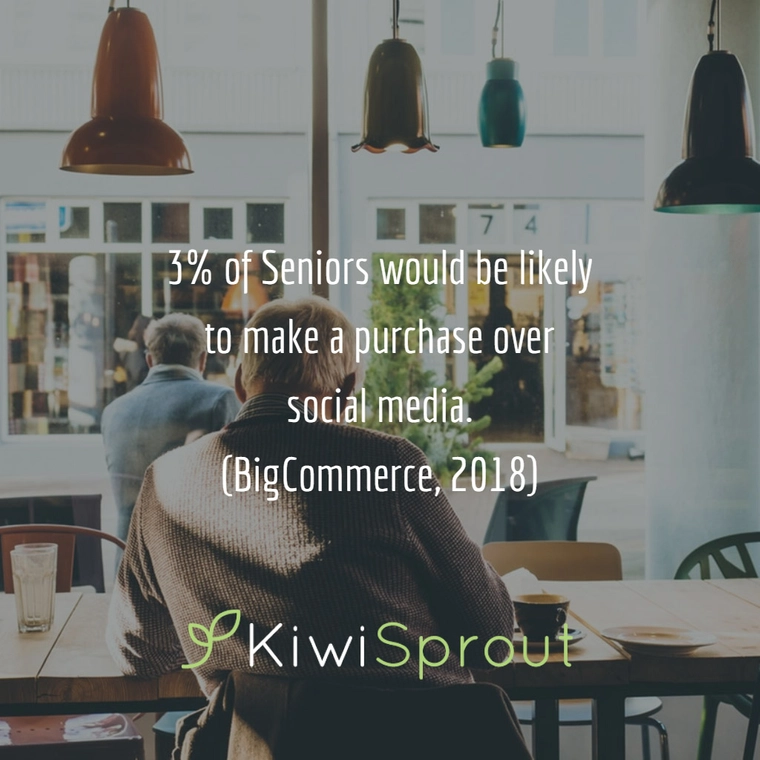
Seniors aren’t your typical ecommerce target demographic, so this statistic isn’t concerning to me, the cases where I think anyone would solely target the senior generation are very rare.
Combined these statistics are useful for weighing up if your target demographic is in line with this strategy, personally I think in most scenarios the target age bracket would reflect a significant increase in sales with selling over social media.
Selling on Facebook
Now we’re getting into specifics, starting with the social media giant Facebook.
The wonderful thing about using Facebook as a sales channel is that the functionality to sell your products on Facebook is already available to everyone, you could start selling your products on Facebook today.
20% of online shoppers would be likely to make a purchase from Facebook. This shows us that a significant percentage of people are ready to buy products directly inside Facebook.
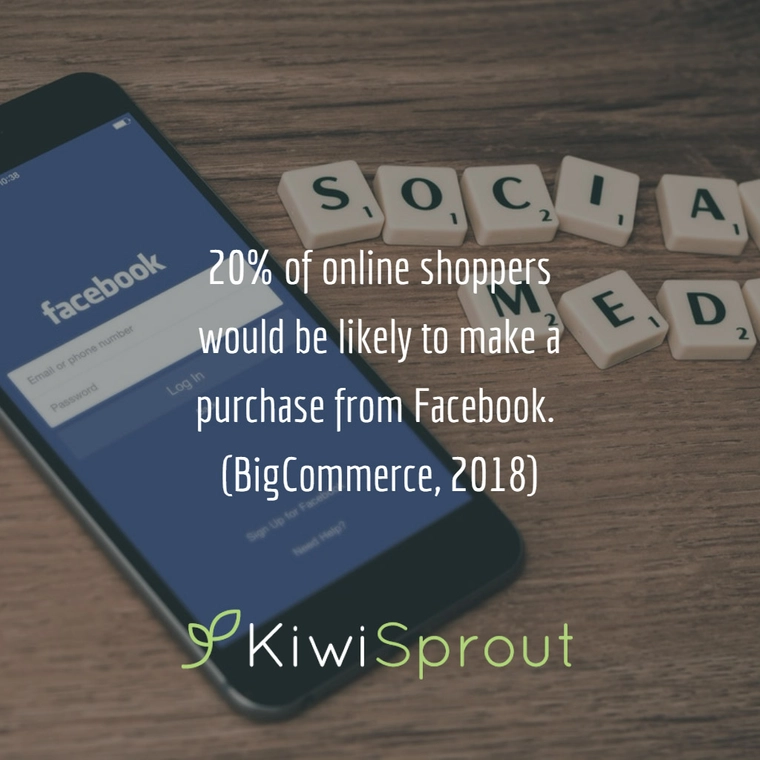
When it comes to brand awareness, 29% of online shoppers would be likely to follow a brand on Facebook. Even if you’re not running a sales channel directly inside Facebook, connecting with your shoppers through Facebook is important to keep them engaged and increase your reach.

For the younger generations, the percentage of willing buyers is even greater with 29% of Millennials and Gen Xers likely to make a purchase through Facebook if given the option.

Another big part of Facebook as a sales channel is your friends. 18% of shoppers would purchase an item a friend liked on Facebook.

Selling on Pinterest
Pinterest recently implemented their own version of a built-in sales channel called “buyable pins”. Buyable pins allow you make pins of products which people can buy that product directly from. This is especially great for artistic products like custom made jewellery or interior design furniture.
Currently buyable pins aren’t available to everyone though, right now it’s only available to the US but over time it will spread out to other countries as well.
A significant amount of people would be likely to make a purchase from Pinterest sitting at 17% of online shoppers.

Brand awareness is strong on Pinterest too with 21% of online shoppers likely to follow a brand on Pinterest.
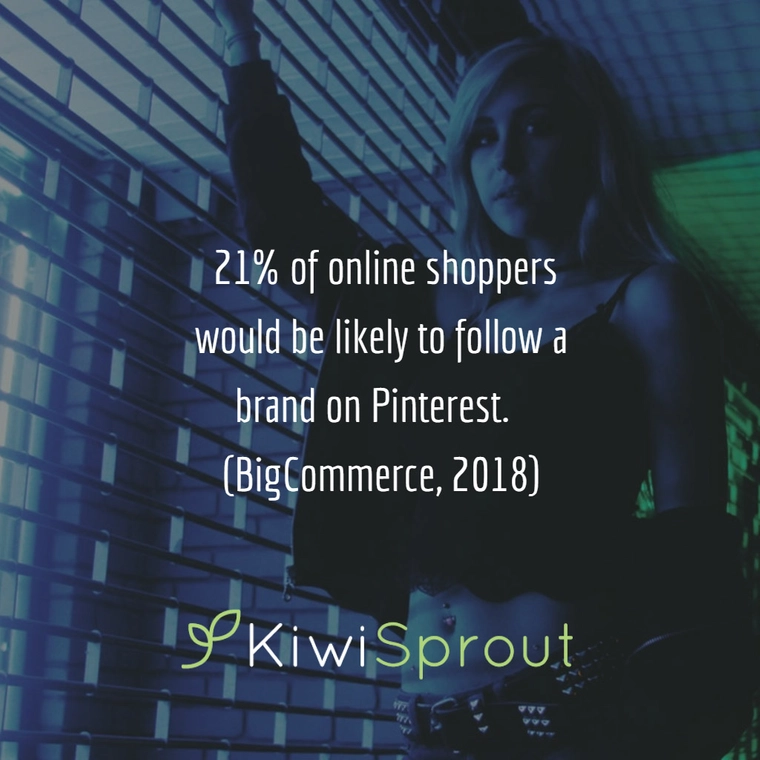
When it comes to the younger generations they once again show a more favourable percentage of purchasers with 26% of Millennials and Gen Xers likely make a purchase through Pinterest if given the option.

20% of online shoppers would purchase an item a friend has included on their Pinterest board. Interestingly this is higher than Facebook meaning that people are more likely to purchase an item that has their friend has engaged with over Pinterest than Facebook.
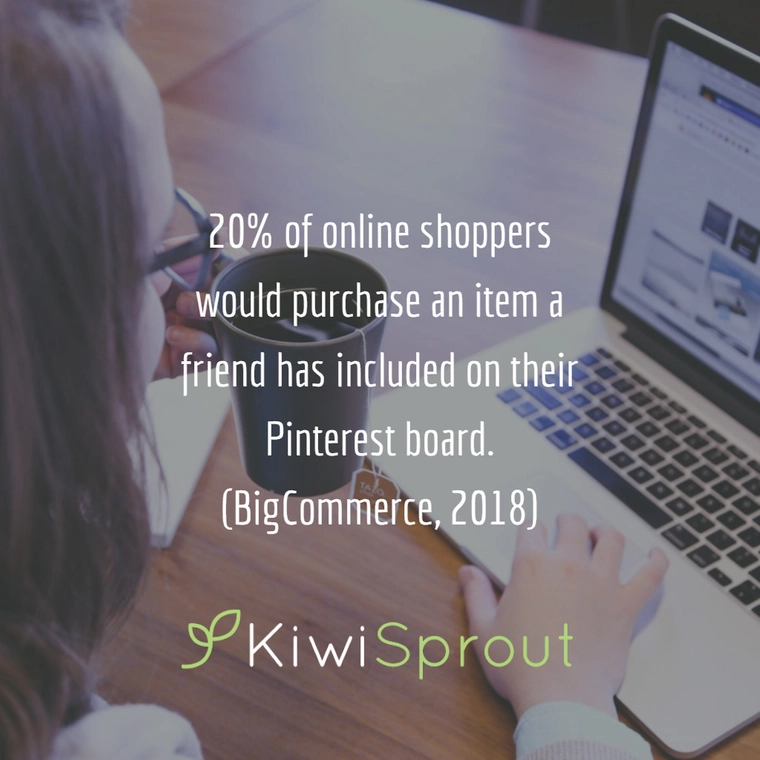
Pinterest looks to be a really good platform to use a sales channel and when it becomes available to business globally I think most ecommerce stores could benefit from using it.
Selling on Instagram
Like Pinterest, Instagram has freshly implemented their own sales channel. On Instagram, you’ll be able to tag products inside your photos allowing people to buy directly on Instagram without leaving the app. The other interesting part about this is the ability to tag multiple products in one photo, allowing for driving sales for multiple products with one social media post.
Unfortunately, it’s currently in testing and only available to an initial testing group of businesses, but once the testing phase is complete selling on Instagram will be available to everyone.
14% of online shoppers would be likely to make a purchase from Instagram. With 500 million daily active Instagram users this percentage is definitely significant to increase sales.
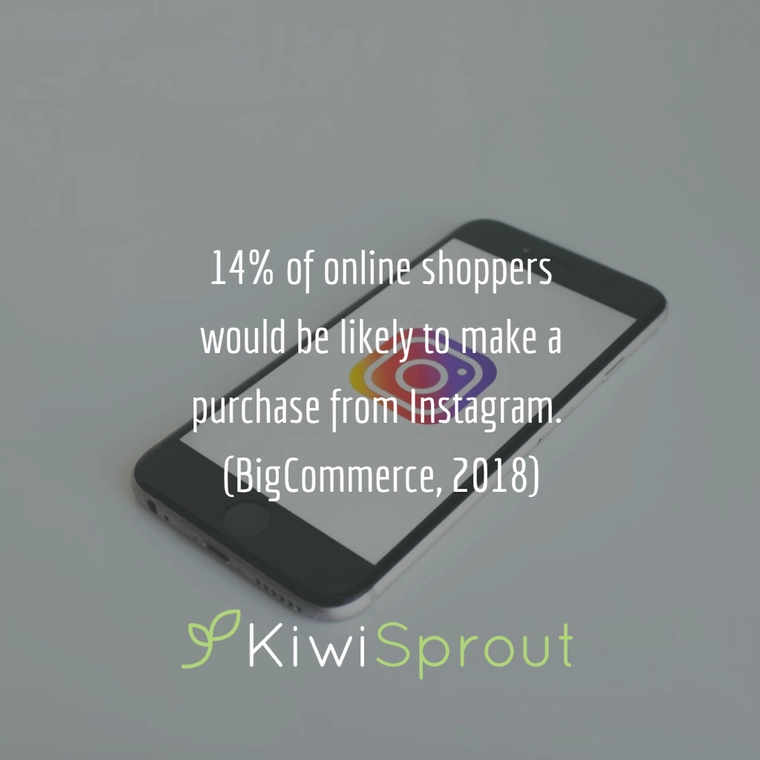
When it comes to brand loyalty, Instagram is also a great platform to increase your following. 21% of online shoppers would be likely to follow a brand on Instagram, making it a valuable place to engage with your customers.

Selling on Twitter & Snapchat
Unfortunately, Twitter going backwards when it comes to using it as a sales channel. Early on, there used to a buy button you could integrate into your tweets but as of 2017 that has been phased out.
Despite this change, 12% of online shoppers would be likely to make a purchase from Twitter.

Snapchat’s also lagging behind with no dedicated sales channel to date so far, but the marketing strategies you can create with Snapchat are unique to platform and they haven’t show an adversity to implement it in the future with 10% of their online shoppers likely to make a purchase.
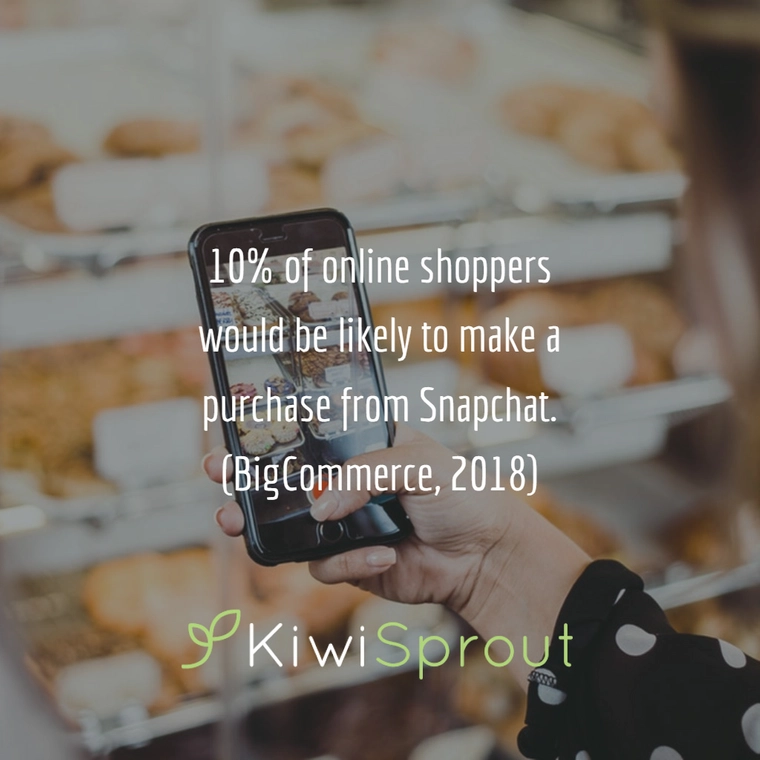
Wrapping it up
Buying and selling products directly from social media channels is here to stay, and over the next few years it’s going to grow to be even larger.
Becoming an early adopter of this new format of selling could lead into establishing yourself as the main go-to for your industry, we’d recommend jumping into this as early as possible for your ecommerce store.


